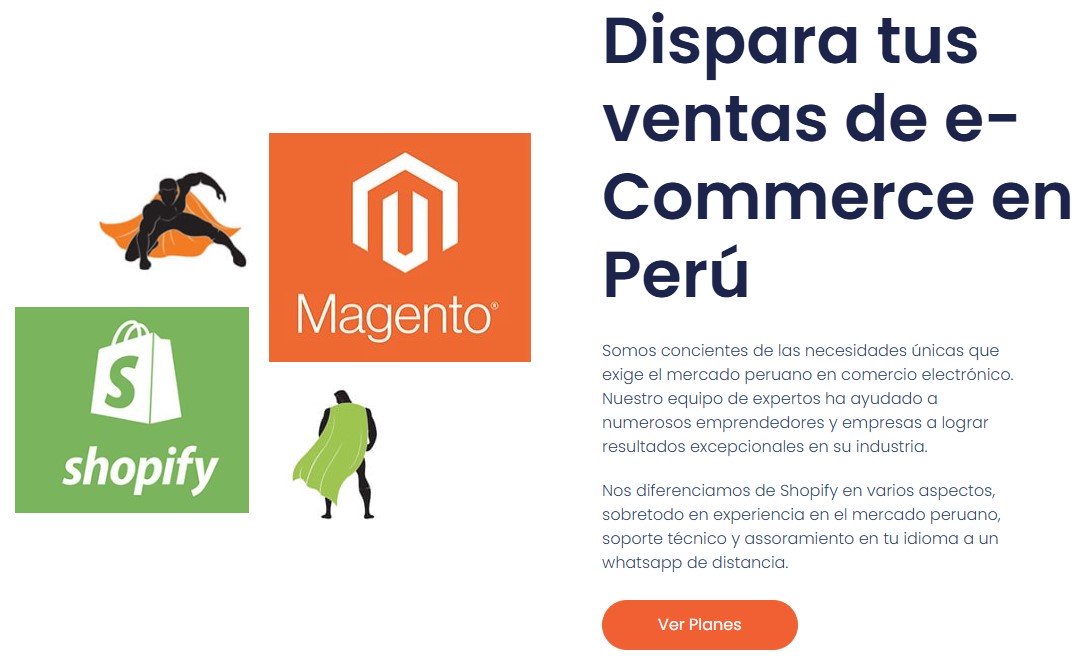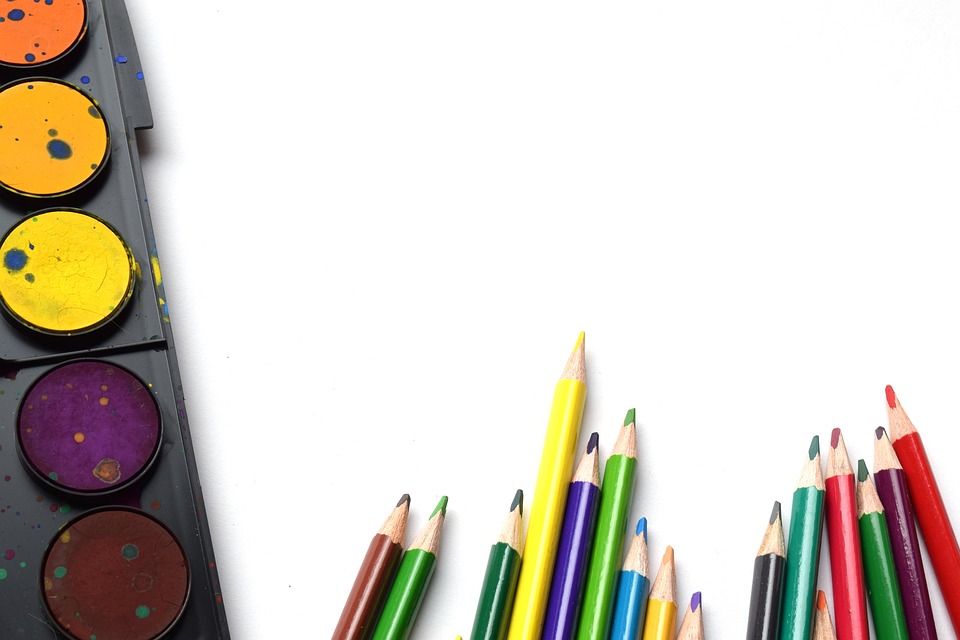
Are you a teacher looking to enhance your classroom teaching experience? Look no further than EdTech tools! Educational technology, or EdTech, has revolutionized the way teachers engage and educate their students. There are a myriad of tools available to help educators create dynamic and interactive learning experiences for their students.
In this article, we will explore five powerful EdTech tools that can help you improve teaching in the classroom. These tools have been designed to take your teaching to the next level, making learning more engaging and impactful for your students. From interactive whiteboards to video lectures, these tools offer a range of features aimed at enhancing the learning experience for both teachers and students.
So, without further ado, let’s dive into the world of EdTech and discover the five essential tools that can help you become a more effective and dynamic educator.
1. Interactive Whiteboards
Interactive whiteboards are a staple in modern classrooms. These digital devices are designed to interact with a computer, allowing teachers to present multimedia content in an engaging and dynamic way. With an interactive whiteboard, educators can incorporate videos, images, and interactive activities into their lessons, making the learning experience more immersive for their students.
One popular interactive whiteboard is the SMART Board, which enables teachers to create interactive lessons and presentations that can be easily shared with students. It also allows for real-time collaboration, providing a platform for students to contribute to the lesson in a meaningful way. Interactive whiteboards are a game-changer for classroom teaching, enabling educators to create dynamic and interactive learning experiences that cater to diverse learning styles.
2. Learning Management Systems
Learning Management Systems, or LMS, are software platforms that help educators manage and deliver educational content to students. LMSs provide a centralized and organized platform for teachers to create, distribute, and manage course materials, assignments, and assessments. They also offer communication and collaboration tools, allowing for seamless interaction between teachers and students.
Popular examples of LMS include Google Classroom, Canvas, and Blackboard. These platforms are designed to streamline the teaching and learning process, providing a one-stop solution for educators to manage their classes and engage with their students. With features such as online discussions, assignment submissions, and grade tracking, LMSs offer a comprehensive suite of tools that can enhance the teaching experience in the classroom.
3. Video Lectures
Video lectures have become a popular tool for educators to deliver content in a dynamic and engaging manner. With video lectures, teachers can create compelling and informative presentations that cater to different learning styles. Whether it’s a recorded lecture or an instructional video, teachers can use video content to supplement their lessons and provide students with an alternative way to engage with the material.
Platforms such as YouTube and Vimeo offer educators a platform to host and share their video lectures with their students. Additionally, tools like Camtasia and Screencast-O-Matic allow teachers to create professional-quality video content, complete with interactive elements and annotations. Video lectures are a versatile tool that can enhance the learning experience for students, offering a visual and auditory approach to delivering educational content.
4. Gamification Platforms
Gamification platforms are designed to integrate gaming elements into the learning process, making education more interactive and enjoyable for students. These platforms leverage game mechanics, such as points, badges, and leaderboards, to motivate and engage students in their learning journey. By incorporating elements of competition and achievement, gamification platforms can inspire students to be more enthusiastic and invested in their education.
One popular gamification platform is Classcraft, which turns the classroom into a role-playing game, with students taking on different roles and completing quests to earn rewards. Other platforms, such as Kahoot and Quizizz, offer interactive quizzes and games that can be used to reinforce learning and assess student understanding. Gamification platforms are an innovative way to make learning fun and engaging, fostering a positive and motivating environment for students in the classroom.
5. Digital Assessment Tools
Digital assessment tools offer educators a modern and efficient way to evaluate student learning. These tools provide a range of features for creating, administering, and grading assessments, making the assessment process more streamlined and effective. From multiple-choice quizzes to essay assignments, digital assessment tools offer a diverse range of options for educators to assess student understanding.
Platforms such as Socrative and Quizlet allow teachers to create and administer assessments in real-time, providing instant feedback to students and valuable insights for educators. Additionally, tools like Turnitin and Grammarly offer plagiarism detection and grammar checking, ensuring the integrity and quality of student work. Digital assessment tools are a valuable resource for educators, offering a more efficient and effective way to evaluate student learning in the classroom.
In conclusion, EdTech tools have the power to revolutionize the way educators teach and students learn. From interactive whiteboards to digital assessment tools, these tools offer a range of features aimed at enhancing the teaching experience in the classroom. By incorporating these tools into their teaching practice, educators can create dynamic and engaging learning experiences that cater to the diverse needs of their students.
So, are you ready to take your teaching to the next level with EdTech tools? Whether you’re looking to create interactive lessons, streamline your course management, or engage your students with multimedia content, these tools can help you become a more effective and dynamic educator. Embrace the power of EdTech and transform your classroom into a vibrant and innovative learning environment for your students.
FAQs
Q: How do I integrate EdTech tools into my teaching practice?
A: Integrating EdTech tools into your teaching practice can be a seamless process. Start by exploring the different tools available and identifying which ones align with your teaching goals. Take the time to familiarize yourself with the features of each tool and how they can enhance your teaching practice. Additionally, consider attending professional development workshops or seeking out online resources to learn best practices for integrating EdTech into your classroom.
Q: Are EdTech tools suitable for all subjects and grade levels?
A: Yes, EdTech tools are suitable for all subjects and grade levels. Whether you teach math, science, language arts, or any other subject, there are EdTech tools that can help you create dynamic and engaging learning experiences for your students. Similarly, EdTech tools can be adapted for use in elementary, middle, and high school settings, catering to the diverse needs of students across different grade levels.
Q: How can I assess the effectiveness of EdTech tools in my teaching practice?
A: Assessing the effectiveness of EdTech tools in your teaching practice can be done through a variety of methods. One approach is to gather feedback from your students and colleagues about their experiences with the tools. Additionally, you can analyze student performance and engagement data to track the impact of EdTech on learning outcomes. Reflecting on your own experiences and observations can also provide valuable insights into the effectiveness of EdTech tools in your teaching practice.



















